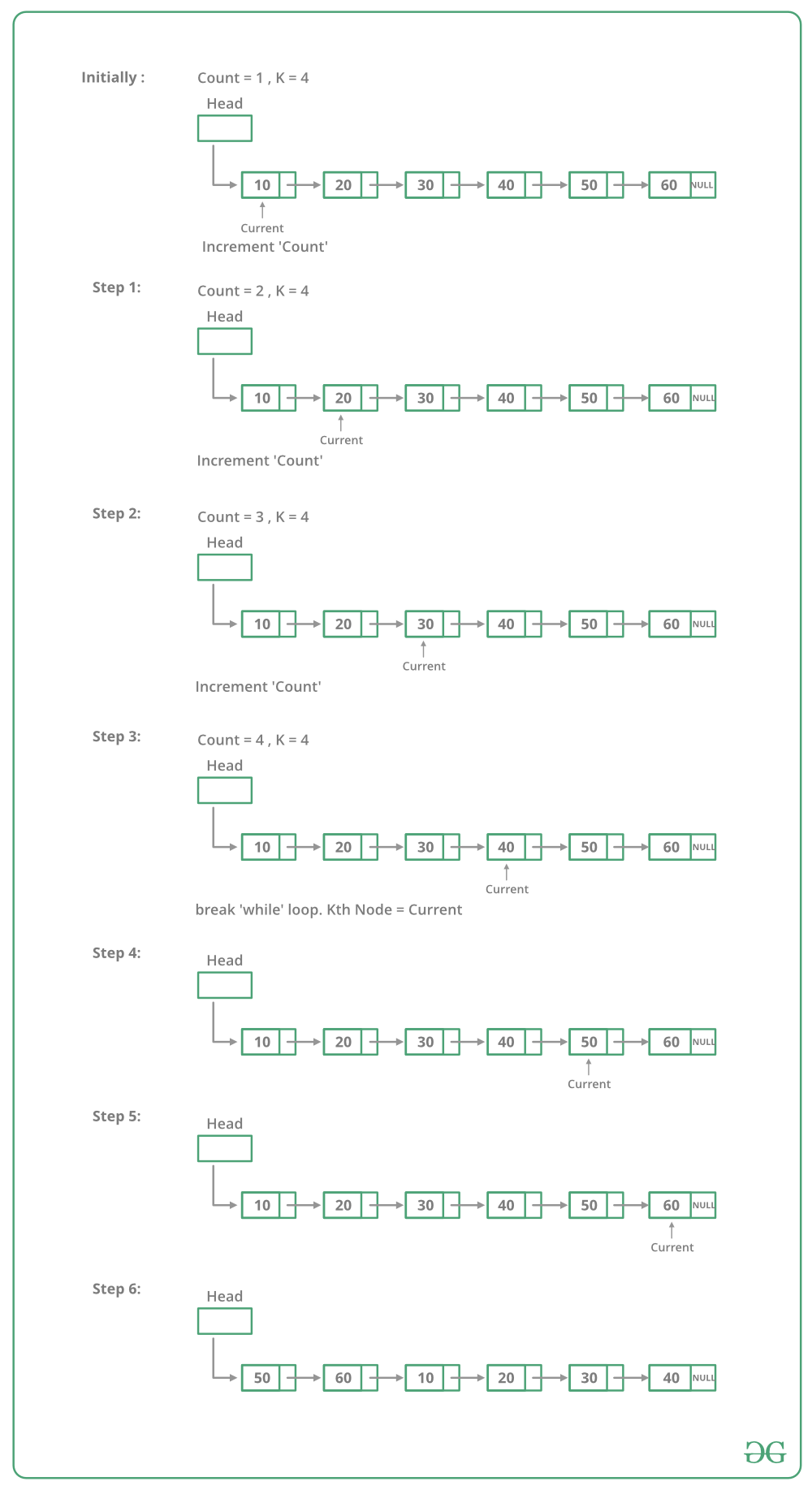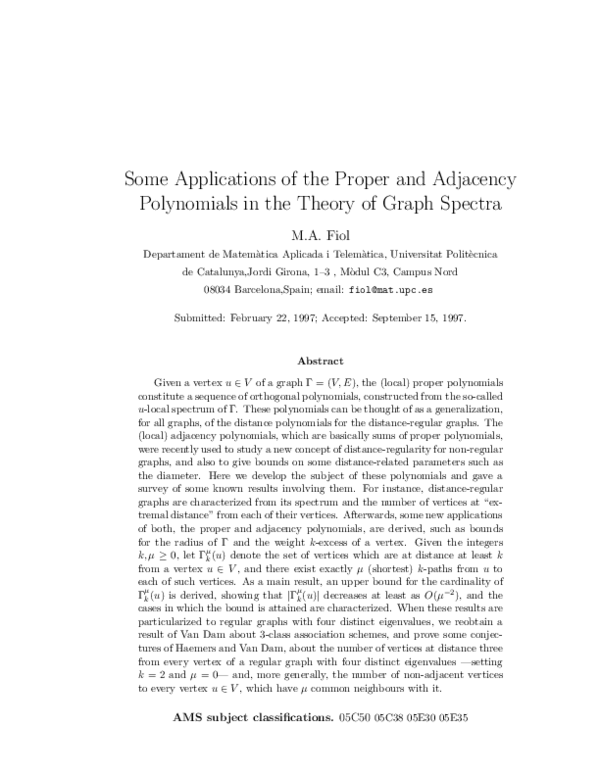

In other words, we wish to check what happens with our expressions when the variable x is extremely small (as a negative number) or extremely large.įor instance, take two polynomial function equations: P(x) = x² and R(x) = x³.

#Polynomial graph plus#
In our case, " the end" refers to either minus or plus infinity. It is in itself rather lengthy and difficult, but before we get to that, let's cover something simpler: the end behavior of polynomial functions. The task requires finding the zeros of the polynomial as well as some of its most interesting points.
#Polynomial graph how to#
In a moment, we'll see how to graph such polynomial functions on the two-dimensional Cartesian plane. We refer to the polynomial by P(x) and treat it as a function of the variable. Omni's polynomial graphing calculator focuses on expressions with one variable, which we denote x. Now that we know the terminology, it's time to get the crayons ready. It'll be crucial when studying the end behavior of polynomial functions in the next section. For polynomials with one variable, the coefficient next to the highest power of the variable is called the leading coefficient of the polynomial.Those with two are binomials (e.g., the fourth above), and those with three are trinomials (e.g., the last two). Those with only one expression (i.e., one summand) are monomials (e.g., the first three above). Some polynomials have their special names.Note how above, we have integers, negative numbers, fractions, decimals, and even the π from circle calculations. A polynomial's coefficients can be any real number.For instance, the product in the second expression above can surely be written in an easier way, yet we call both polynomials. The expression doesn't have to be in its simplest form.In fact, it can even have none and still be called a polynomial (of degree zero). A polynomial can have several variables.Let us attract your attention to a few things here:

Let's see some polynomial function examples to get a grip on what we're talking about: In other words, the letters cannot be, e.g., under roots, in the denominator of a rational expression, or inside a function. Find the intervals over which the function is increasing and decreasing.By definition, polynomials are algebraic expressions in which variables appear only in non-negative integer powers. Local Maximum and Minimum In other words… Local maxima are peaks Local minima are valleys įor the following polynomial function, find any local maxima or minima. f ( a ) is a local minimum (plural, local minima ) if there is an interval around a such that f(a) Local Maximum and Minimum f ( a ) is a local maximum (plural, local maxima ) if there is an interval around a such that f(a) > f(x) for all values of x in the interval, where x does not equal a. G RAPHING P OLYNOMIAL F UNCTIONS END BEHAVIOR FOR POLYNOMIAL FUNCTIONS C ONCEPT S UMMARY > 0 even f ( x ) + f ( x ) + > 0 odd f ( x ) – f ( x ) + Turning points – where the graph of a function changes from increasing to decreasing or vice versa Local maximum point – highest point or “peak” in an interval function values at these points are called local maxima Local minimum point – lowest point or “valley” in an interval function values at these points are called local minima Extrema – plural of extremum, includes all local maxima and local minima Connect the points with a smooth curve and check the end behavior. To graph the function, make a table of values and plot the corresponding points.


 0 kommentar(er)
0 kommentar(er)
